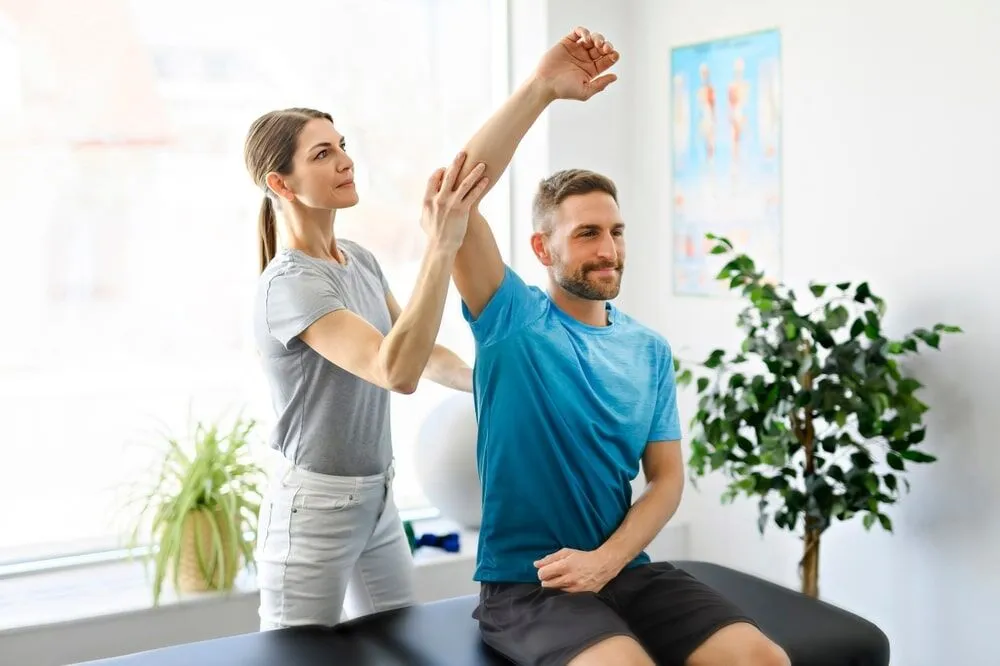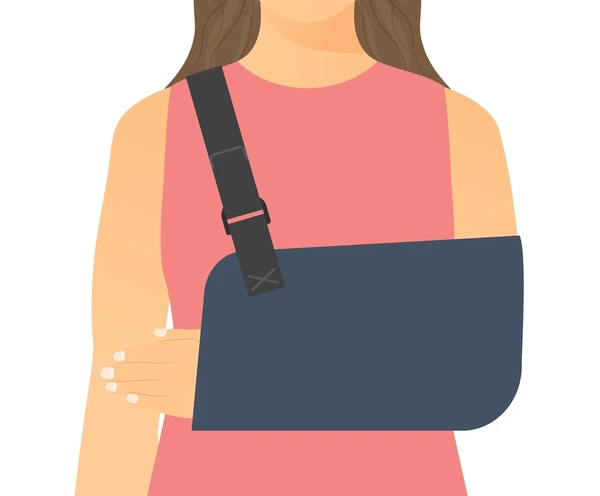Atrophy is an important consideration in rotator cuff tears. Atrophy is when a muscle shrinks in size well accepted that greater atrophy leads to a poorer chance of healing following rotator cuff repair. In general, the greater the atrophy, the lower the chance of obtaining healing. This is not surprising given that atrophy reflects a long duration of a tear (usually a couple of years or more) which leads to degeneration of the tissue and often a larger tear. When I discuss atrophy with patients they often ask, "Can't it come back?"For many years we were taught that atrophy was irreversible. However, recent studies have shown that this is not in fact true! As our methods for analysis have become more sophisticated, we have learned that atrophy can improve. This doesn't mean it is completely reverses. Atrophy still affects healing. But to a certain extent atrophy (and thus strength) can improve after rotator cuff repair.An interesting study from Korea (see article) provided good evidence that atrophy can improve. Sixty-four patients underwent arthroscopic repair and had an MRI prior to surgery, immediately after repair, and 1 year or later after repair. Muscle volume improved immediately after repair and continued to improve at the 1 year time point compared to immediate post-op.Interestingly, improvement was greatest in patients that had healing. This study demonstrates 2 important things:
- Atrophy can improve and we shouldn’t “write-off” all patients with atrophy as having no chance of improving.
- Because healing leads to more improvement in muscle volume, we should do everything we can to optimize healing.
Small tears without atrophy have very high healing rates, however, large tears with atrophy need additional steps. In my practice, I optimize the chance of healing by providing the strongest repair possible (improved biomechanics of the repair), proceeding with a slow rehab for large tears (to lower the chance of stressing the repair too early), and maximizing biology. We attempt to optimize the biology of the repair by using platelet rich plasma (PRP) or stem cells in cases based on patient preference and tear size, avoiding NSAIDs for six weeks following surgery (these have been shown to decrease healing), and advocating Vitamin D intake which potentially improves healing. Getting healing in large tears with atrophy is challenging, but can be accomplished with a multi-faceted approach.
Similar posts



